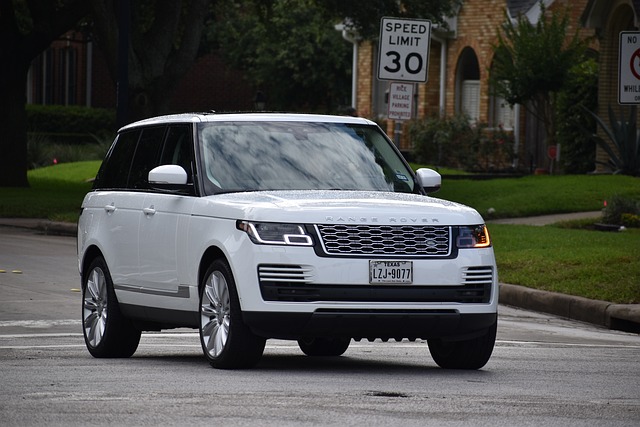Telematics insurance is often marketed as an ideal solution for low-mileage and safe drivers, but what about those who spend significant time on the road? High-mileage drivers face unique risks and expenses, which raises the question: is telematics insurance a worthwhile option for them? Let’s explore the benefits, drawbacks, and considerations for high-mileage drivers.
What Is Telematics Insurance?
Telematics insurance uses devices or apps to monitor driving behavior, including mileage, speed, braking patterns, and time of day. This data helps insurers calculate personalized premiums based on actual driving habits. While it is typically associated with cost savings for low-mileage drivers, telematics can also offer value to those with higher mileage under certain conditions.
For insights into how telematics improves road safety, read here.
Potential Benefits for High-Mileage Drivers
1. Incentives for Safe Driving
Even if you drive frequently, demonstrating consistent safe habits—like smooth braking, steady acceleration, and adherence to speed limits—can result in lower premiums. Telematics insurance rewards drivers who minimize risky behaviors, regardless of mileage.
2. Transparency in Pricing
Telematics provides high-mileage drivers with a clear understanding of how their premiums are calculated. This transparency can help drivers identify areas for improvement and potentially reduce costs.
3. Real-Time Feedback for Improvement
High-mileage drivers often face more exposure to risks. Telematics programs offer real-time feedback to help drivers enhance their habits, reducing the likelihood of accidents over time.
4. Discounts for Consistency
Some insurers offer mileage thresholds where driving consistently below a specific risk level—despite high mileage—may still qualify for discounts.
Challenges of Telematics for High-Mileage Drivers
1. Higher Mileage Equals Higher Risk
Driving more miles inherently increases your exposure to potential accidents, which can lead to higher premiums in telematics-based policies.
- Example: A delivery driver who logs 25,000 miles annually may face surcharges despite demonstrating safe driving habits.
2. Time-of-Day Risks
Telematics programs may penalize high-mileage drivers for driving during peak traffic hours or late at night, times often unavoidable for those with demanding schedules.
3. Wear and Tear Considerations
Telematics doesn’t account for maintenance or vehicle wear and tear associated with high mileage. While premiums may adjust for behavior, they don’t reflect these indirect costs.
For insights into broader industry practices, read here.
When Telematics Insurance May Still Be Worth It
Professional Drivers
High-mileage drivers such as rideshare operators or delivery personnel can benefit from telematics programs that prioritize safe driving over sheer mileage.
Newer Vehicles
Drivers with newer cars equipped with advanced safety features may offset the mileage factor, as telematics often rewards vehicles with lower risk profiles.
Predictable Patterns
If your high mileage is consistent and primarily involves safe conditions—like highways during daylight hours—telematics may still offer competitive rates.
Real-Life Example: High-Mileage Driver and Telematics
Consider Jane, who drives 20,000 miles annually as a sales representative. Through her telematics program, she maintains high safety scores by avoiding speeding and using highways for most of her trips. While her mileage is above average, her insurer rewards her consistent safe behavior with modest discounts, demonstrating that telematics can still be valuable.
Tips for High-Mileage Drivers Considering Telematics Insurance
- Evaluate Your Driving Habits: Assess how often you engage in high-risk behaviors and whether you drive during peak hours.
- Understand Your Insurer’s Policies: Some insurers are more lenient with high mileage if overall behavior remains safe.
- Optimize Your Driving Patterns: Reduce unnecessary trips, avoid aggressive maneuvers, and stick to safer routes whenever possible.
- Compare Options: Shop around for telematics programs tailored to high-mileage drivers or offering mileage-based incentives.
While telematics insurance may not provide the same level of savings for high-mileage drivers as it does for low-mileage ones, it can still offer value under the right circumstances. By maintaining safe driving habits, leveraging real-time feedback, and selecting a program that aligns with their needs, high-mileage drivers can benefit from the transparency, incentives, and safety improvements telematics insurance provides. Whether it’s worth it ultimately depends on individual driving patterns and priorities.



